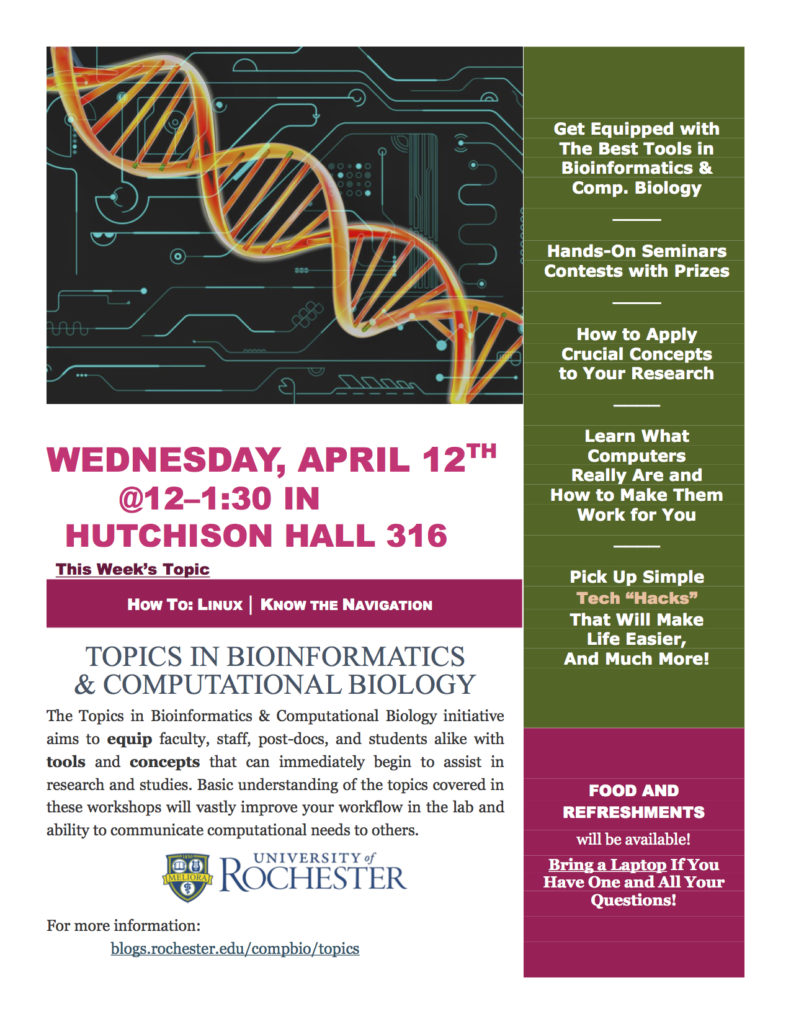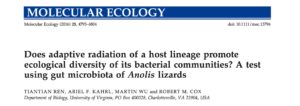Join us from 12:30-2pm in Hutch 316 for Journal Club. This week Omid will be presenting the paper The genomic landscape of species divergence in Ficedula flycatchers.
E2G2 Seminar 9/15
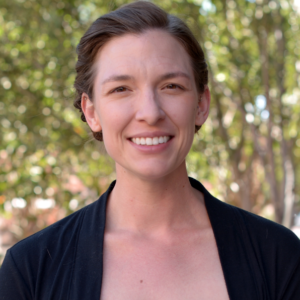 Join us in Hutchison 316 for Dr. Melissa Wilson Sayers’ talk titled “Sex-biased genome evolution”. Cookies and Coffee will be served. See you there!
Join us in Hutchison 316 for Dr. Melissa Wilson Sayers’ talk titled “Sex-biased genome evolution”. Cookies and Coffee will be served. See you there!
Journal Club 9/12
Join us from 12:30-2pm in Hutch 316 for Journal Club. This week Ching-Ho will be presenting the paper Shedding light on the grey zone of speciation along a continuum of genomic divergence.
E2G2 Seminar 9/8
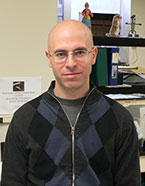 Join us in Hutchison 316 for Dr. Ian Dworkin’s talk titled “Genes, genomes, and natural selection: how they shape a complex trait”. See you there!
Join us in Hutchison 316 for Dr. Ian Dworkin’s talk titled “Genes, genomes, and natural selection: how they shape a complex trait”. See you there!
Wasp Venom Research makes the Cover of Current Biology

Nasonia parasitoids wasps, minute insects that inject venom and lay their eggs on fly pupae, are pictured in the Goergen Hall lab of Nathaniel & Helen Wisch Professor of Biology John (Jack) H. Werren May 26, 2017. Were, along with postdoctoral fellow Ellen Martinson uses the rapidly evolving venom repertoires of these parasitoid wasps (including the ectoparasitoid model Nasonia vitripennis, pictured) to investigate the question of how new genes are recruited for venom function. In contrast to expected model of gene duplication, they find that many venom genes evolve by the co-option of single copy non-venom genes. These findings could have broad implications for how new gene functions evolve, as co-option of single copy genes may be a common but relatively understudying mechanism for the evolution of new gene functions, particularly in tissues subject to rapid evolutionary change. // photo by J. Adam Fenster / University of Rochester
Ellen Martinson, Mrinalini, Yogeshwar Kelkar, Ching-Ho Chang, and Jack Werren’s recent paper in Current Biology was featured in the Rochester Newscenter. Their research uses wasp venom to propose a new idea about how genes can gain new functional roles. The UR write-up has great photos and a video explaining their study, check it out.
Special TGIF in honor of Adam Johnson
 Please come celebrate Adam Johnson as he’s awarded the Edward Peck Curtis Award for Excellence in Teaching. Over the course of his graduate career, Adam has mentored undergraduates in the lab, served as the head TA for biology labs, and was instrumental in piloting the new mentoring program for freshman biology majors. Join us at 3pm in the Green Lounge to congratulate Adam on this well-deserved award!
Please come celebrate Adam Johnson as he’s awarded the Edward Peck Curtis Award for Excellence in Teaching. Over the course of his graduate career, Adam has mentored undergraduates in the lab, served as the head TA for biology labs, and was instrumental in piloting the new mentoring program for freshman biology majors. Join us at 3pm in the Green Lounge to congratulate Adam on this well-deserved award!
Featured research from the Jaenike Lab
John Jaenike and Vince Martinson’s new paper in Ecology Letters was featured in the Rochester Newscenter this week. The research focuses on the communities of bacteria found in the guts of wild Drosophila. Check out the feature and read the paper!
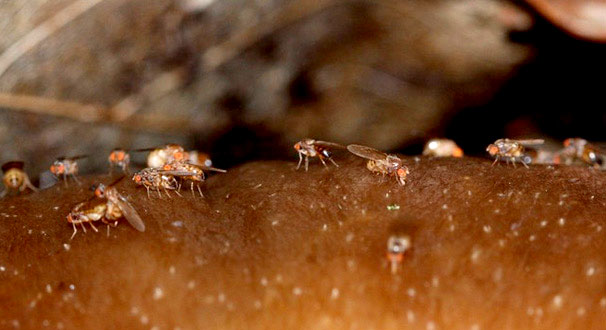
New Bioinformatics & Computational Biology Workshop Series
Mole Salamanders – Spring 2017
Finally found mole salamanders after a few years of searching– last Monday (April 3), at midnight, in the forest, in a rainstorm. This is Ambystoma maculatum, the Spotted Salamander. Spotted them in Mendon Ponds Park.
Mole salamanders live most of their lives underground in burrows and eat invertebrates. But once a year, in early spring, during rainstorms, late at night – they aggregate at small ponds to mate. There were also hundreds of Wood frogs and Spring peepers mating in the pool as well… very loud.
- Vince Martinson
- Ellen Martinson
Spotted salamanders mating in the pond.
Spotted salamander charging back to the pond.
Lots of Wood frogs mating in the pond… the ripples are all frogs.
Spotted salamander – this one was about 7 inches long.
Spotted salamander close-up.
Journal club 2/7 at 12:30pm: Anolis microbiomes
Please join us for our weekly journal club next Tuesday. Ching-Ho will lead the discussion of the following paper:
Does adaptive radiation of a host lineage promote ecological diversity of its bacterial communities? A test using gut microbiota of Anolis lizards
Ren et al. 2016. Molecular Ecology (2016) 25, 4793–4804

